Top 10 Barbarian Raids in History
Suggested by SMSMost of the infamous barbarian raids took place during what is called Europe’s ‘Migration Period,’ which took place over a 400 year span, beginning around 390 AD. Groups such as the Goths, Franks, Suebi, Vandals, and Mongols worked to find their place in the world, specifically for social and agricultural regions. Britain and the Roman Empire were heavy targets during the period due to their richness of surplus. The decline in barbarian raid around mid-500 AD is often attributed to harsh weather conditions that changed the landscape for years, making travel to other region much more difficult.
Whether it was for fortune, land, or political gain, barbarian raids, although terrifying to imagine, actually shaped the way the world views outside groups in general. By identifying with what compelled these tribes and clans to purge, destroy, maim and murder could ultimately help us understand the same thing in today’s society. Much of it came down to intolerance, while some of it had everything to do with human survival.
10. Rome Raided by Ostrogoths and Visigoths
Rome, along with Britain, was often main targets for barbarian groups. In 376 AD, they became the target of one of the most violent and plundering clans in history. The Visigoths, as well as the Ostrogoths were Germanic tribes who spent years sacking, robbing and raiding villages of the rich and poor alike. After a peaceful settlement by the Visigoths in the Roman-controlled region of Dacia, a great famine broke out, causing disease as hunger spread rapidly throughout the territory. The Roman Empire at the time felt like they were doing everything they could do aid in the epidemic, though the tribe of the Visigoths were left out of the relief. This led to the organizing of an army and six years of invasion and terror swept upon the Roman Empire in the Baltic region, with many dead, including a Roman Emperor, the demise of an entire army at the Battle of Adrianople in 378 AD. Matters were not completely settled until the eventual fall of the Roman Empire.
9. Attila The Hun: The Barbarian Invasion
When the Attila and the Mongolian Huns invaded Europe in 370 AD under their leader Vund, and later Balamber, it set them on a path towards historical dominance, with their sheer aggression, brutality, and solid leadership. The establishment of the Hun Empire, led by Attila himself, would be one that would challenge any kingdom in the area with their swift displays of absolute power and warrior skills.
One of the last major battles during military operations of the western Roman Empire, through the use of Visigoth soldiers, came to a climactic battle at the Catalaunian Plains near Gaul when the Huns and their allies, led by Attila, were defeated handily by the Romans and their allies in 451.
The trouble began as Roman control in this area of modern France was beginning to crumble, due in part to the restless and fragile social nature of local Germanic and Celtic tribes, who were forming their own armies and selecting their own leaders. It seemed during this time, the only area that was 100% controlled was the Mediterranean coastline. During the social upheaval, Attila and his allies crossed the Rhine River and began a path of destruction, slaughtering villages in Rheim, Paris, and other areas surrounding the kingdom in Gaul. They eventually reached their destination of Aurelianum, greeted by Theopholus.
The Huns historically have been used to being the dominant force in battle. This would prove not to be the case in this siege. There is no number to the casualties, though it is rumored to heavy on both sides. Legend has it that Attila and his allies outnumbered their enemies by 30,000 soldiers, though with the failed siege on the Roman stronghold, and the ultimate destruction of their nearby encampment, the Huns had little chance, and retreated.
Little is known about the ease of the central-Asian Huns who swept through Europe in the 4th century and dominating parts of Germany, the Ukraine, and the Balkans. Under the rule of Attila, the Huns would face defeat at Gaul in France, but find success in the taking of southern Italy. Using brutal tactics unseen in history and that time, and continued until the death of Attila in 469 AD.
8. England Invaded by Scottish Barbarians
Called by legend, the ‘tainted’ or ‘tattooed’ people, mainly by those that feared their aggression, the Picts were a group of nomads in Scotland who became a huge part of the ‘Great Migration’ of the early century. Their history dates back as far as the early Dark Ages, and rose to power quickly in Northern Britain, due simply to the fact that there was no dominant power, and thus no competition.
Their repeated and relentless sacks of British and Roman forces are often compared to the tactics and politics of the Mongols. Their tenacity in victory and defeat ultimately led to the taking of Anglian kingdoms throughout the region and the pirating and raiding of Roman outposts.
Picts and Scot culture ruled Northern Britain for generations following. They brought with them technology not seen, and deemed ‘untouchable,’ by the Roman Empire.
7. The Muslim Conquest
When it comes to barbarian attacks, the Muslim, or Arab Conquest bare a slightly different image. Though the aggressive displays of power by the Islamic followers of the Conquest, the thing that separated these tribes and groups from others is passion and perseverance. There is no other way to describe the tenacious 116 year war between the Byzantine Empire and the followers of the Arab Conquest. Led by the taking of the Arabian Peninsula by the early followers of the prophet Muhammad, the uprising began with the siege on the Sassanid Empire, leading to the century long war with the Byzantines.
The first portion of the uprising began with the conquests of Syria, Amania, Egypt, and the first of two sieges on North Africa, in modern Morocco, led by the Caliphs of Rashidun, or ‘Rightly Guided Caliphs.’ Successively, under the Umayyads Caliphs, they twice sieged Constantinople, along with Hispania and Georgia. Muslim conquests took place sporadically up until the late 18th century, with battles in Crete, southern Italy, and Nubia. The end of the Arab Conquest is said to be due to the increase in power of the Middle-Eastern Ottaman Empire, the Safavid Empire, as well as the Mughai of India.
6. German Tribes Sack Italy and Greece
In the midst of religious unsettlement in in the early part of the 160 A.D., there was a new threat for the country of Greece, in the form of Germanic tribes, who scouted out and ultimately sacked the kingdoms there and in Italy.
Little is known about the reasons why these tribes brutally invaded, killed and enslaved Italian and Greeks during this time-period. Some of these same barbarian tribes are also said to be a contributor into the ultimate fall of the Roman Empire. The Great Migration was centered out of the area of the Rhein, and as expansion grew, so did the chaos and carnage that often ensued. The German raids on Italy and Greece during this time period is not well documented, most likely due to the instability and plague that was ensuing all over Europe during this period.
5. Barbarian Conquer The Roman Empire
The Vandals, from what we have learned from history, were one of the bloodiest and most powerful barbarian tribes on record. There relentless pursuits led them into battle after battle, and whether they achieved victory or defeat, they seemed to march forward. In 455 AD, they marched right into Rome, something not every tribe or clan was willing to do.
The Romans thought that they were in the clear, with the death of Attila and the quick deterioration of the Hunnic Empire, and looked to bring the Vandals in as allies. Valentinian III, who was behind the peace talks, was dethroned by means of murder by Petronius Maximus, in a feeble effort to gain control of the Empire. This only angered the Vandals, particularly their leader, Genseric, who was promised the hand in marriage of Valentinian’s daughter. They quickly devised and executed a plan to attack Rome.
After achieving peace with Constantinople, the Vandals were able to focus on the Romans, who in turn were bent on the destruction of their barbaric invaders. It is rumored that the reason why the powerful Vandals were so weakened, was by Genseric receiving blessings from Pope Leo the Great, resulting in religious tolerance, which eased of tensions between the groups, and ultimately ending the conflict. Leo the Great is credited for saving Rome from the Vandals.
4. Vandal Barbarians Surge into Africa in A.D. 429
When it comes to barbarians during the Great Migration period and throughout the reign of the Roman Empire, one group sticks out the most-The Vandals. The word ‘vandalism’ is taken from the way that the Vandals sacked, looted, destroyed and murdered their way into the history books. Gaining many friends, as well as hated enemies during the time period, the Vandals spawned many of history’s first copycats. Polish, Slavic, and Germanic barbarian groups often coined similar terms.
After years of success, in 429, under the rule of their leader Geiseric, the Vandals, nearly 80,000 strong, crossed into northern Africa; after a heavy losing battle with the Roman Empire, before moving on to the small, walled-in village of Hippo Regius in Numidia. With the Vandals ruling this area, disease and hunger spread rapidly, until an aid agreement was made with the Roman Empire. As we will soon learn, peace between the two parties would be very short-lived.
3. The Saxons Invasion of Britain
Britain has always been a target for a well-planned invasion, or even those sporadic ones. It was no different in 421 AD when the Saxons lay siege to Britain. This would become one of history’s greatest barbarian raids and Great Migration showdowns. The Saxons were one of the many tribes who waited until the decline of the Roman Empire before migrating and claiming land by whatever brutal means necessary.
The resulting siege would form the basics of the Anglo-Saxon faction. Along with Frisians and Jutes, the Anglo-Saxons invaded British territory, starting with the southern shores of Britannia. The original effort was a guise, however, as the faction convinced many that they were there to protect people from the Picts, Irish and the Scots, all of whom were migrating into Britain at the time.
In the end, the siege created four realms in the kingdom-Essex, Middlesex, Sussex, Wessex. Britain would eventually receive full unification under the reign of Alfred the Great in the 871 AD.
2. Mongols Attack Europe
The Mongol Empire is one of history’s most notorious barbarian tribes to ever sack a village. Under strict leadership for centuries, the Mongols perfected the art of war, and used these skills to wreak havoc all over the world.
The European invasion by the Mongols began in 1237 with the taking of Poland, and the ensuing battles in Russia, specifically in the cities of Kiev and Vladimir. The grandson of legendary Mongol leader Ghengis Khan led his army as the invasion began.
Through the years, the Mongols would go on to invade and sack Croatia, Romania, Hungary, and other parts of Central Europe. Historians argue about what caused the cease in the advancement of the Mongols. Many say it was the weather in Germany and other Slovak area, and their inexperience in dealing with such conditions. Others believe it was the transition from the Khan-era that brought down the ruthless endeavors of one of history’s greatest, and bloodiest, armies.
1. The Vikings Wreak Havoc across the Lands
The earliest recognized invasions by the Vikings began in 793 when the Norse invaded Lindisfarne, England. Historians differentiate three phases to the Viking invasions. The first phase of attacks was from 790-840. The Vikings used shallow long ships, which were preferably armed for a surprise invasion of coastal locations throughout Europe and Britain. The armadas were small, making the “hit-and-run” attack successful. This type of attack enabled the Viking raiders to row away as swiftly as they had stormed the coastal villages. The attacks were usually seasonal and isolated in small bands of Viking raiders. These attacks began along the coastal cities in England and France and continued down along the river communities. The Carolingian Empire was deeply affected by the raids at this time. Frisia and Aquitaine in modern day France were two of the first provinces attacked by the Vikings, Aquitaine being attacked by Norwegian raiders returning from Ireland. The most notable attack was on the monastery at Noirmountier. This island monastery was attacked every summer. The monks tried many defenses, but they eventually left the island for safer lands. The trading centers in Frisia, particularly Dorestad, were favorite targets of the Vikings in 834-839.
The important thing to know about these barbarian raids is that they have not altogether ceased to exist. It still happens all over the world, only in this day and age, it is more intelligent, covert, and deadly that ever before. Not only is that, in this tech-age, the consequences far more severe.
Though we don’t have Vandals, Goths, Huns, and Franks tearing apart our cities with fire and bloodshed, we can learn a thing or two from these events in regard to power, greed, authority and violence.

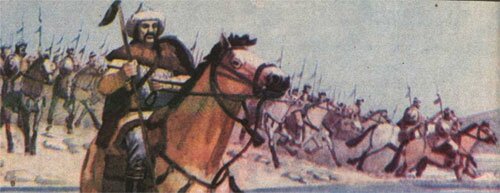
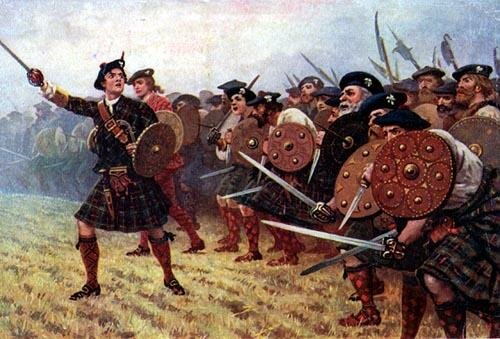

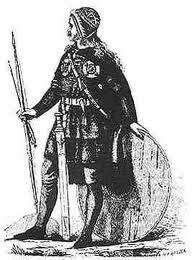
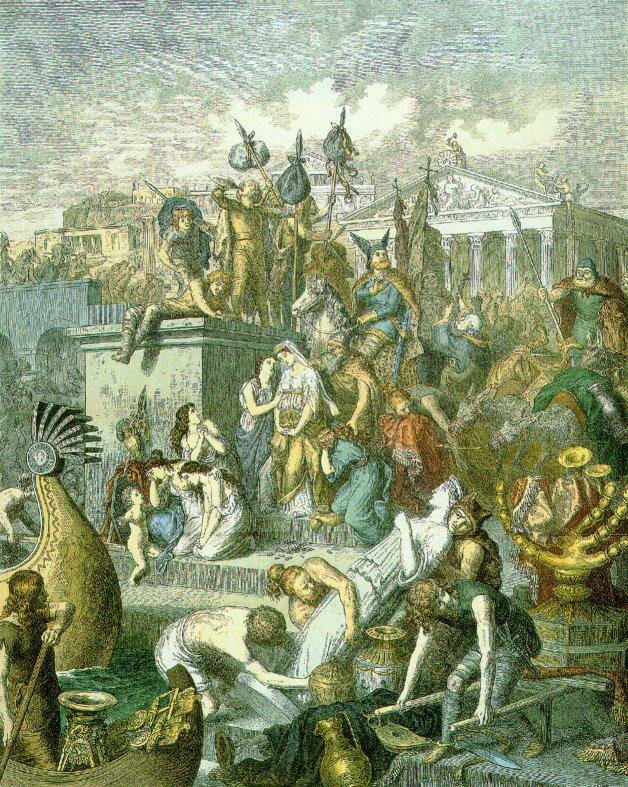

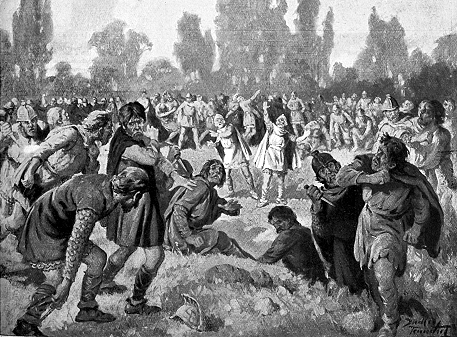












hotmail.com.login
Top 10 Barbarian Raids in History
training sit
Top 10 Barbarian Raids in History
IT Heidelberg
Top 10 Barbarian Raids in History
los angeles dui lawyer
Top 10 Barbarian Raids in History
Sin saber Que es la creatina
Top 10 Barbarian Raids in History
structured annuity settlement
Top 10 Barbarian Raids in History
travelodge discount code
Top 10 Barbarian Raids in History